Home>Garden Essentials>When To Seed Bermuda Grass In Oklahoma
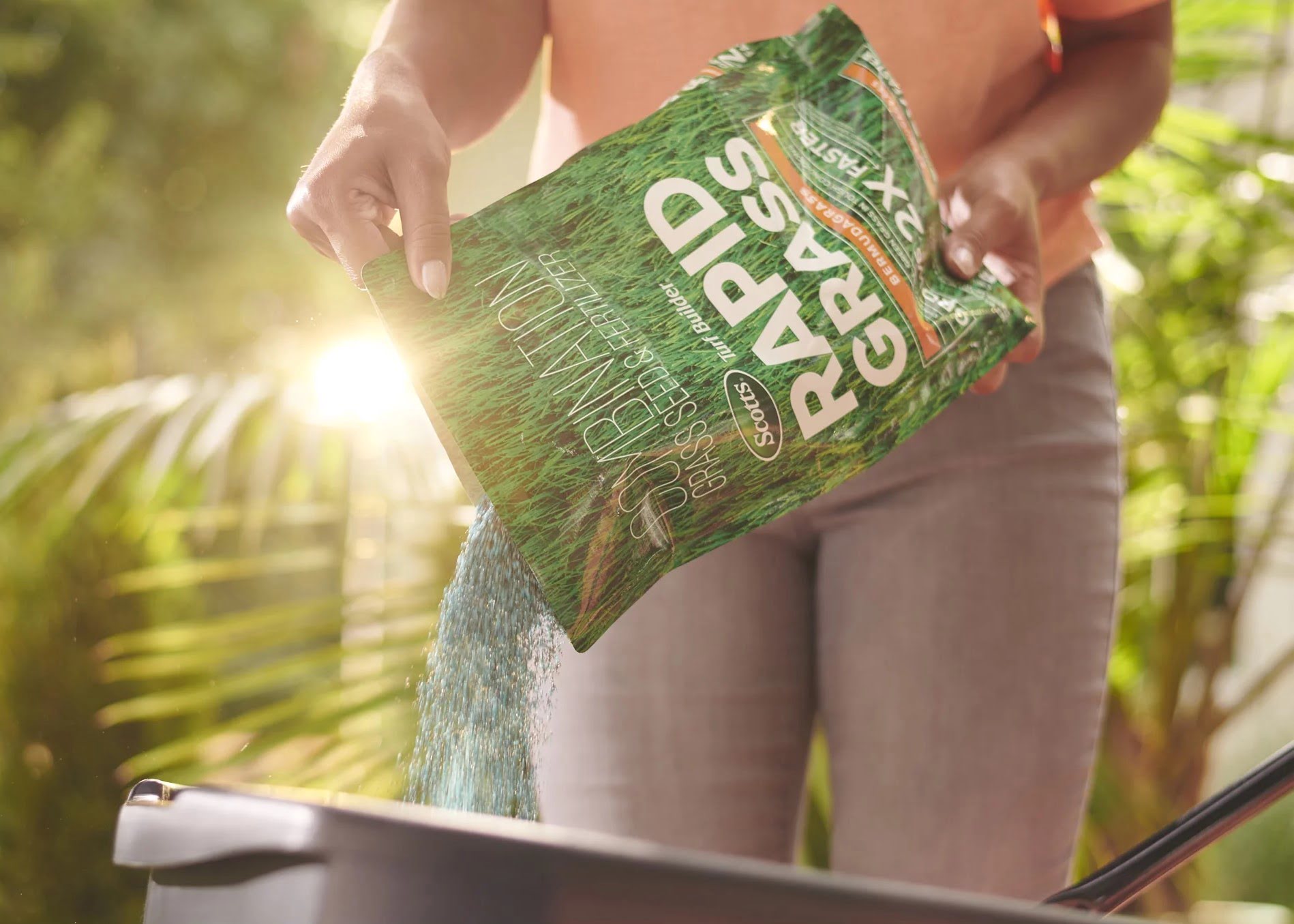

Garden Essentials
When To Seed Bermuda Grass In Oklahoma
Modified: May 6, 2024
Looking to start a garden in Oklahoma? Learn when is the best time to seed Bermuda grass for optimal growth and a lush, green lawn.
(Many of the links in this article redirect to a specific reviewed product. Your purchase of these products through affiliate links helps to generate commission for Storables.com, at no extra cost. Learn more)
Introduction
Gardening enthusiasts in Oklahoma know all too well the challenges of maintaining a lush and vibrant lawn throughout the year. With its hot summers, cold winters, and unpredictable weather patterns, cultivating a resilient and beautiful grass is no easy feat. However, if there’s one type of grass that thrives in the state’s unique climate, it’s Bermuda grass.
Bermuda grass is a versatile warm-season grass that is well-suited to the arid conditions found in Oklahoma. It has excellent drought tolerance, recovers quickly from wear and tear, and can withstand high temperatures. Whether you’re looking to establish a new lawn or rejuvenate an existing one, seeding Bermuda grass can be a game-changer in achieving the green oasis you desire.
In this article, we will explore the optimal time to seed Bermuda grass in Oklahoma, along with the necessary steps and maintenance tips to ensure successful establishment and long-term growth. So grab your gardening gloves and get ready to transform your lawn into a picture-perfect paradise!
Key Takeaways:
- Seeding Bermuda grass in Oklahoma during late spring or early summer, when soil temperatures reach 65°F, ensures successful germination and establishment. Proper soil preparation and maintenance are crucial for a vibrant and resilient lawn.
- Choosing the right variety of Bermuda grass, such as Tifway 419 or Princess 77, tailored to your lawn’s specific needs and conditions in Oklahoma, sets the stage for a beautiful and durable green oasis. Regular watering, mowing, and maintenance are essential for long-term success.
Read more: When To Plant Bermuda Grass Seed In Oklahoma
Climate and Soil Conditions in Oklahoma
Before embarking on a journey to seed Bermuda grass in Oklahoma, it’s essential to understand the unique climate and soil conditions that shape the state’s landscape. Oklahoma experiences a continental climate, characterized by hot summers, cold winters, and a wide range of temperature fluctuations throughout the year.
The summers in Oklahoma can be scorching, with temperatures often exceeding 90°F (32°C) for prolonged periods. These high temperatures, coupled with low humidity, create a challenging environment for many grass species. However, Bermuda grass thrives in these conditions, as it has excellent heat tolerance and can maintain its vibrant green color even under extreme heat.
The winters in Oklahoma can be harsh, with temperatures frequently dropping below freezing. This poses a challenge for warm-season grasses like Bermuda grass, which enter a period of dormancy during the winter months. However, with proper care and maintenance, Bermuda grass can bounce back once the temperatures rise again in the spring.
In addition to the climate, the soil conditions in Oklahoma can vary across the state. The most common soil types include loam, clay, and sandy soil. Loam soil, which is a well-balanced mixture of sand, silt, and clay, is considered the ideal soil type for Bermuda grass. It provides good water drainage while retaining enough moisture to keep the grass hydrated.
Clay soil, on the other hand, tends to retain water and can become compacted, making it less suitable for Bermuda grass. However, with proper soil amendments and regular aeration, clay soil can be improved to create a more suitable environment for Bermuda grass growth. Sandy soil, while well-draining, may require additional watering and fertilization to ensure the grass receives sufficient nutrients.
Understanding the climate and soil conditions in your specific area of Oklahoma is crucial for successful Bermuda grass seeding. Conduct a soil test to determine the pH level and nutrient content of your soil, which will help guide any necessary amendments and ensure optimal conditions for Bermuda grass to flourish.
Choosing the Right Variety of Bermuda Grass
When it comes to selecting the variety of Bermuda grass for your lawn in Oklahoma, there are several factors to consider. While all Bermuda grass varieties share similar characteristics, such as durability and heat tolerance, each variety has its own unique attributes that may make it better suited for specific needs and preferences.
Here are some popular Bermuda grass varieties that are well-adapted to Oklahoma’s climate:
- Tifway 419: This is a popular choice for sports fields and golf course fairways due to its excellent wear resistance and ability to recover quickly from damage. Tifway 419 has a fine texture and dense growth, making it ideal for high-traffic areas.
- Princess 77: This variety is known for its rapid germination and establishment, making it a favorite among homeowners looking for quick results. Princess 77 has strong drought tolerance and can withstand heavy foot traffic.
- Riviera: If you’re looking for a Bermuda grass variety with exceptional cold tolerance, Riviera is a top contender. It can withstand lower temperatures better than other varieties, making it suitable for areas in Oklahoma with harsh winters.
- Sahara: As the name suggests, Sahara Bermuda grass is highly drought-resistant and thrives in hot and dry conditions. It has a coarser texture and can tolerate low mowing heights, making it an excellent choice for Oklahoma lawns.
When selecting the right variety for your lawn, consider factors such as the amount of sunlight your lawn receives, the level of foot traffic it experiences, and any specific challenges or requirements unique to your area. Consulting with local garden centers or turf specialists can also provide valuable insights and recommendations based on your specific needs.
Keep in mind that regardless of the Bermuda grass variety you choose, proper lawn care practices such as regular mowing, fertilization, and irrigation are essential to ensure a healthy and thriving lawn throughout the year.
Preparing the Soil for Seeding
Proper soil preparation is crucial for successful Bermuda grass seeding in Oklahoma. Before you can sow the seeds, you’ll need to ensure that the soil is well-prepared and provides an ideal environment for the grass to take root and grow.
Here are the steps to follow when preparing the soil:
- Clear the area: Remove any existing vegetation, such as weeds or old grass, from the area where you plan to seed Bermuda grass. Use a rake or a sod cutter to clear the area thoroughly.
- Soil testing: Perform a soil test to determine the pH level and nutrient content of your soil. This will help you identify if any amendments are necessary to create optimal growing conditions for Bermuda grass.
- Loosening the soil: Use a tiller or a garden fork to loosen the top layer of soil. This will help break up compacted soil and improve drainage. Aim to loosen the soil to a depth of around 4 to 6 inches.
- Amendments: Based on the results of your soil test, add any necessary amendments to improve the nutrient content and pH level of the soil. Common amendments include compost, organic matter, and lime to adjust the pH if needed.
- Leveling the surface: Smooth out the soil surface using a rake or leveling tool to create an even and uniform surface. This will help ensure consistent seed coverage and prevent pooling of water after watering.
By following these steps, you’ll create a fertile and well-draining environment that promotes successful establishment and growth of Bermuda grass. Taking the time to properly prepare the soil will pay off in the long run, setting the stage for a healthy and lush lawn.
Best Time to Seed Bermuda Grass in Oklahoma
Timing is crucial when it comes to seeding Bermuda grass in Oklahoma. It’s essential to choose the right time of year to ensure optimal germination and establishment of the grass. The best time to seed Bermuda grass in Oklahoma is during the late spring or early summer when the soil temperature consistently reaches around 65°F (18°C) or higher.
Seeding during this time allows the Bermuda grass seeds to take advantage of the warm soil temperature and ample sunlight, which promotes faster and more successful germination. The warmer temperatures also encourage quicker growth and establishment of the grass, setting the foundation for a healthy and robust lawn.
Here are a few reasons why late spring or early summer is the ideal time to seed Bermuda grass in Oklahoma:
- Soil Temperature: Bermuda grass seeds require soil temperatures of at least 65°F (18°C) for proper germination. Seeding during the late spring or early summer ensures that the soil has warmed up sufficiently to support successful seed growth and development.
- Consistent Moisture: Late spring and early summer often bring more consistent rainfall, providing the necessary moisture for the seeds to germinate and establish. It’s important to keep the seeded area consistently moist but not waterlogged during the initial growth stages.
- Sunny Days: Bermuda grass thrives in full sun, and the late spring and early summer months provide ample sunlight for optimal growth. Sunlight promotes photosynthesis and helps Bermuda grass establish a strong root system.
- Avoiding Winter Dormancy: Seeding Bermuda grass in late spring or early summer gives the grass ample time to establish before the onset of winter. This allows it to go into dormancy with a solid foundation, increasing its chances of survival and vibrant regrowth in the following spring.
It’s important to note that while the late spring or early summer is the best time to seed Bermuda grass, the exact timing can vary slightly depending on local weather conditions and specific microclimates. Pay attention to soil temperature and weather patterns in your area to determine the optimal time for seeding.
By choosing the right time to seed Bermuda grass, you’ll maximize the chances of successful establishment and enjoy a lush, green lawn throughout the summer and beyond.
Bermuda grass should be seeded in Oklahoma during late spring or early summer when the soil temperature is consistently above 65°F. This typically falls between mid-May and mid-June.
Read more: When To Seed Bermuda In Georgia
Steps for Seeding Bermuda Grass
Seeding Bermuda grass in Oklahoma requires careful planning and execution to achieve the best results. By following these steps, you can ensure proper seed distribution and create favorable conditions for germination and establishment.
- Prepare the soil: Clear the area of any existing vegetation, perform a soil test, loosen the soil, and make any necessary amendments to create nutrient-rich and well-draining soil.
- Choose the right seed: Select a high-quality Bermuda grass seed that is suited for the specific needs of your lawn. Consider factors such as the amount of sunlight, foot traffic, and potential challenges in your area.
- Spread the seed: Use a broadcast spreader or a hand-held spreader to evenly distribute the Bermuda grass seeds over the prepared soil. Follow the recommended seeding rate provided on the seed packaging.
- Rake and lightly press the seed: Use a rake to lightly incorporate the seeds into the top layer of soil. This will help ensure good seed-to-soil contact. Follow this by gently pressing the soil with the back of a rake or a roller to further ensure seed-to-soil contact.
- Water the seeded area: Thoroughly water the seeded area using a gentle spray or a sprinkler. The soil should be kept consistently moist during the germination and establishment period. Avoid overwatering, which can lead to pooling of water and poor seedling growth.
- Maintain proper watering: As the Bermuda grass seeds germinate and start to grow, continue to water the area regularly to keep the soil moist. Gradually reduce the frequency of watering as the grass becomes established, but be sure to provide deep watering to promote healthy root growth.
- Mow when necessary: Once the Bermuda grass reaches a height of about 2-3 inches, you can start mowing it. Set the mower blades to a height of around 1-1.5 inches for optimal growth and health of the grass.
- Implement a regular maintenance routine: As the Bermuda grass establishes, follow a regular maintenance routine that includes fertilizing, weed control, and proper irrigation. This will help ensure the continued health and vibrancy of your lawn.
By following these steps and providing the necessary care, you’ll set the stage for successful germination and establishment of Bermuda grass in your Oklahoma lawn. Be patient and consistent with your maintenance to enjoy a beautiful and resilient grass throughout the season.
Watering and Maintenance After Seeding
Proper watering and maintenance are crucial after seeding Bermuda grass in Oklahoma. By following these tips, you can ensure the successful establishment and long-term health of your newly seeded lawn.
Watering:
Proper watering is essential during the initial stages of germination and establishment. Here are some guidelines to follow:
- Keep the soil consistently moist: Water the seeded area gently to avoid disturbing the seeds. Aim to keep the soil consistently moist but avoid overwatering, as this can lead to poor seedling growth and disease issues. Watering once or twice a day for short periods is typically sufficient.
- Monitor soil moisture: Check the moisture level of the soil regularly by poking a finger or a screwdriver into the soil. If it feels dry, it’s time to water. If it feels excessively wet or waterlogged, reduce the frequency and duration of watering.
- Gradually reduce watering: As the Bermuda grass starts to establish and grow, gradually reduce the frequency of watering. Transition to watering deeply but less frequently to encourage the development of deep and healthy roots.
Maintenance:
Once the Bermuda grass has germinated and established, it requires proper maintenance to thrive. Here are some key maintenance practices to follow:
- Mowing: Begin mowing the Bermuda grass when it reaches a height of around 2-3 inches. Set the mower blades to a height of about 1-1.5 inches to promote healthy growth. Avoid mowing too closely, as it can weaken the grass and make it more susceptible to stress and disease.
- Fertilizing: Apply a balanced slow-release fertilizer to provide the necessary nutrients for the Bermuda grass. Follow the recommended application rates and timing for your specific fertilizer. Avoid over-fertilization, as it can lead to excessive growth and thatch accumulation.
- Weed control: Regularly inspect your lawn for weeds and implement appropriate weed control measures. Manual removal or spot treatment with herbicides may be necessary to keep weeds at bay and maintain the health and appearance of your Bermuda grass.
- Aeration: Consider aerating the lawn annually to alleviate soil compaction and improve air and water circulation. This helps the Bermuda grass roots to grow deep and strong.
- Irrigation: Pay attention to the irrigation needs of your Bermuda grass and adjust watering based on weather conditions. Avoid overwatering, as it can encourage shallow root growth and increase the risk of disease.
By following these watering and maintenance practices, you’ll give your newly seeded Bermuda grass the best chance to thrive and create a beautiful and lush lawn in Oklahoma. Regular care and attention will help keep your lawn healthy and resilient throughout the growing season.
Common Issues and Troubleshooting
While Bermuda grass is known for its resilience, there are some common issues that can arise during the seeding and establishment process. By being aware of these issues and implementing appropriate troubleshooting measures, you can address them and ensure the health and success of your Bermuda grass lawn in Oklahoma.
1. Weed Invasion:
Weeds can compete with Bermuda grass for nutrients, water, and sunlight, hindering its growth. To combat this issue, regularly inspect your lawn for weeds and address them promptly. Use manual removal, spot treatments with herbicides, or implement proper lawn care practices to prevent weed invasion.
2. Poor Seed Germination:
In some cases, Bermuda grass seeds may fail to germinate due to factors such as improper soil preparation or incorrect watering practices. Make sure you have adequately prepared the soil, provided sufficient moisture, and created proper seed-to-soil contact during the seeding process. Adjust your watering routine if necessary and consider reseeding any patchy areas.
3. Scalping:
Scalping occurs when the grass is mowed too closely, resulting in stress and damage to the Bermuda grass. To avoid scalping, set your mower blades to the recommended height for Bermuda grass and mow regularly but not excessively. This will ensure the grass remains healthy and maintains proper growth.
4. Disease and Pest Issues:
Bermuda grass can be susceptible to certain diseases, such as brown patch or dollar spot, and pests, such as armyworms or chinch bugs. To prevent and address these issues, monitor your lawn regularly for signs of disease or pest infestation. Implement appropriate treatment measures, such as applying fungicides or insecticides, as recommended by professionals.
5. Thatch Accumulation:
Thatch is a layer of organic debris, including dead grass, stems, and roots, that can accumulate on the surface of the soil. Excessive thatch accumulation can prevent water and nutrients from reaching the roots of the Bermuda grass. To prevent thatch buildup, practice regular aeration and ensure proper lawn care practices, such as regular mowing and appropriate fertilization.
By being vigilant and proactive in addressing these common issues, you can maintain the health and beauty of your Bermuda grass lawn in Oklahoma. Regular maintenance, proper watering, and a proactive approach to addressing problems will help keep your lawn looking its best.
Conclusion
Seeding Bermuda grass in Oklahoma can transform your lawn into a lush and resilient oasis, even in the face of the state’s challenging climate. With its excellent heat tolerance, drought resistance, and ability to recover quickly from wear and tear, Bermuda grass is the ideal choice for homeowners looking to create a beautiful and durable lawn.
By understanding the climate and soil conditions in Oklahoma, choosing the right variety of Bermuda grass, and properly preparing the soil, you can set the stage for successful seeding and establishment. The best time to seed Bermuda grass in Oklahoma is during the late spring or early summer when the soil temperatures consistently reach around 65°F (18°C) or higher.
Following the steps for seeding Bermuda grass, which include proper seed distribution, adequate watering, and ongoing maintenance, will help ensure that your newly seeded lawn thrives. Paying attention to common issues and implementing troubleshooting measures will minimize problems and maintain the health and beauty of your Bermuda grass lawn.
Remember, regular care and maintenance, such as mowing, fertilizing, and weed control, are crucial for the long-term success of your Bermuda grass lawn. Adjust your maintenance routine based on the specific needs of your lawn and keep an eye out for any signs of disease, pests, or other issues.
Seeding Bermuda grass in Oklahoma may require some effort and patience, but the rewards are well worth it. With its vibrant green color, resilience, and ability to withstand the state’s unique climate, Bermuda grass will provide you with a beautiful and enjoyable outdoor space for years to come.
So, grab your gardening tools, follow the guidelines provided in this article, and watch as your Bermuda grass lawn flourishes, making your neighbors green with envy!
Excited about getting that perfect Bermuda grass lawn? Once you've mastered the right time to seed in Oklahoma, why not deepen your knowledge on laying the groundwork properly? Dive into our detailed guide on Bermuda Grass Planting, where you'll find invaluable tips on how to plant Bermuda grass effectively, ensuring your lawn remains vibrant and healthy. This additional reading is packed with practical advice to help you every step of the way—from selecting the best seeds to nurturing your new green space.
Frequently Asked Questions about When To Seed Bermuda Grass In Oklahoma
Was this page helpful?
At Storables.com, we guarantee accurate and reliable information. Our content, validated by Expert Board Contributors, is crafted following stringent Editorial Policies. We're committed to providing you with well-researched, expert-backed insights for all your informational needs.

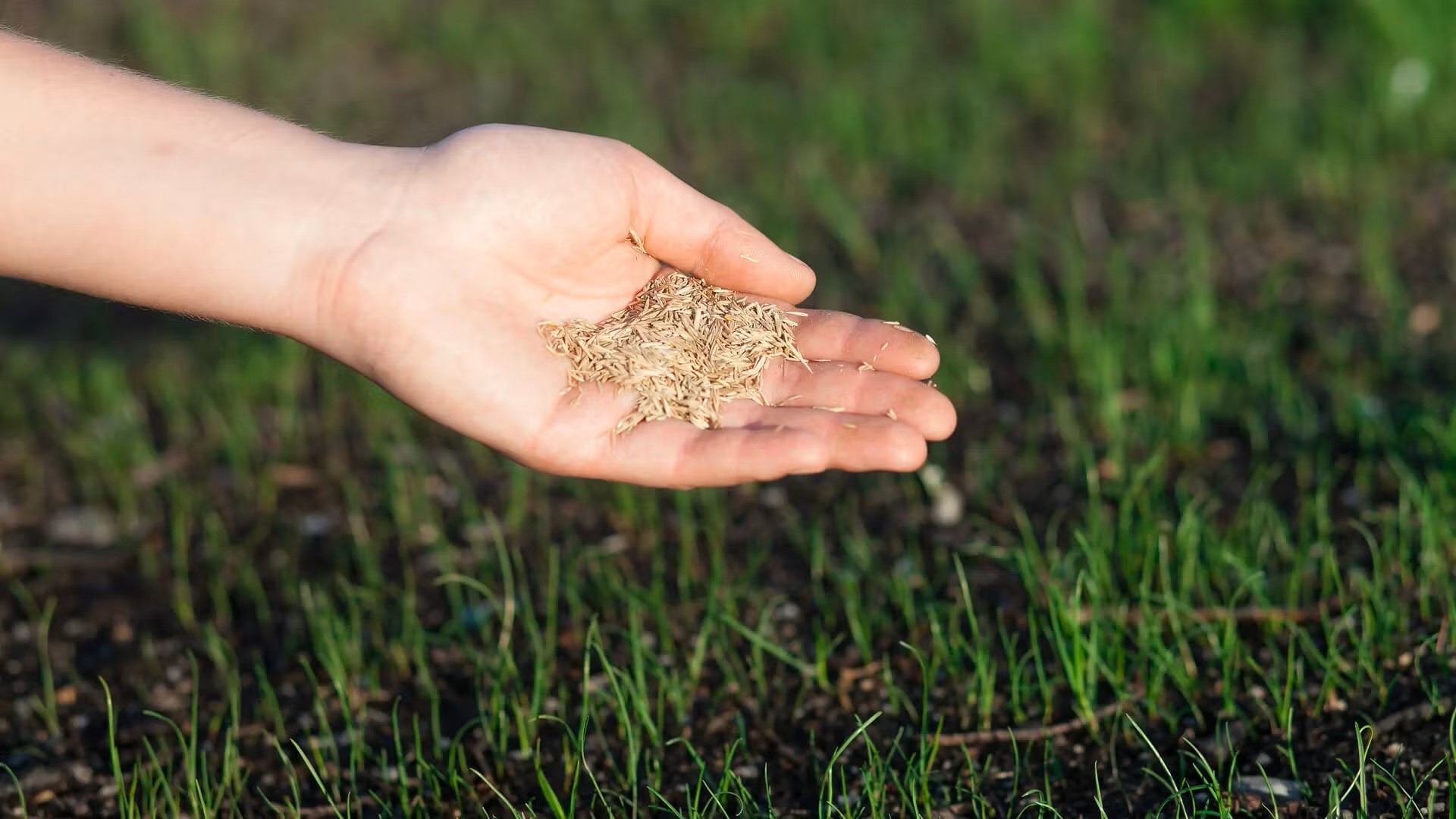
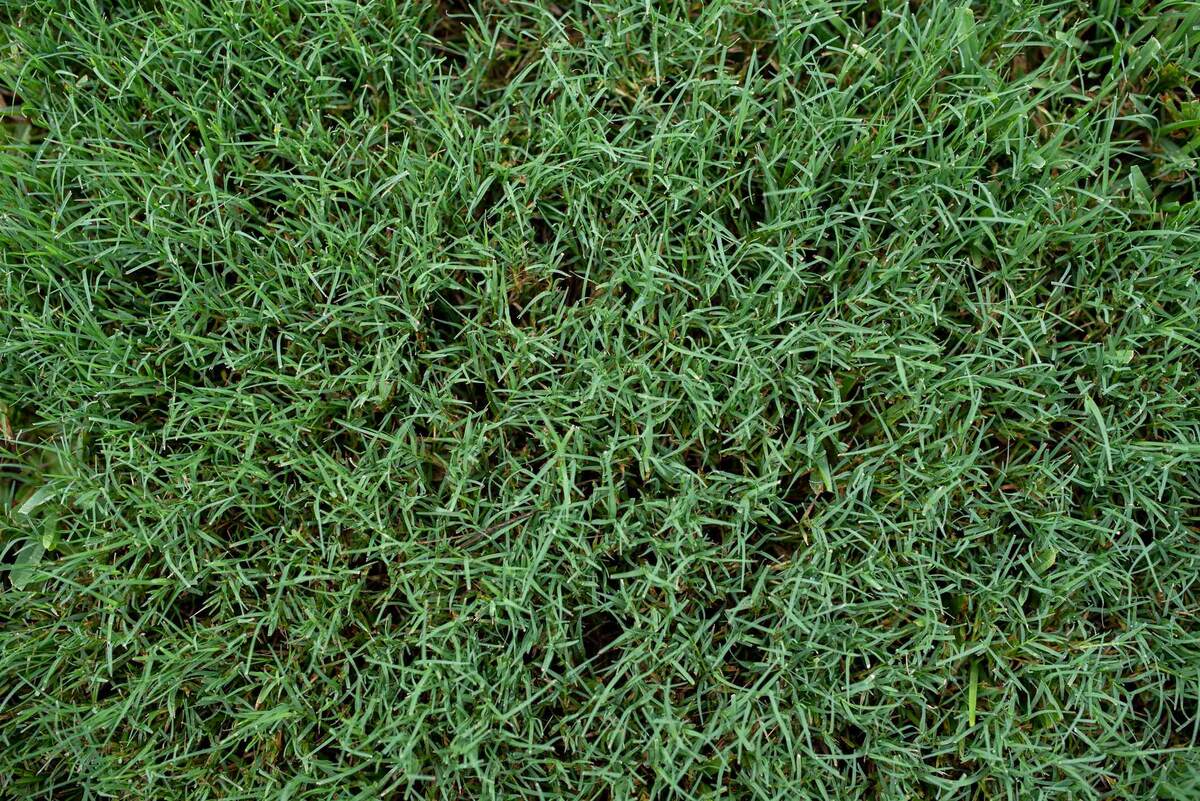
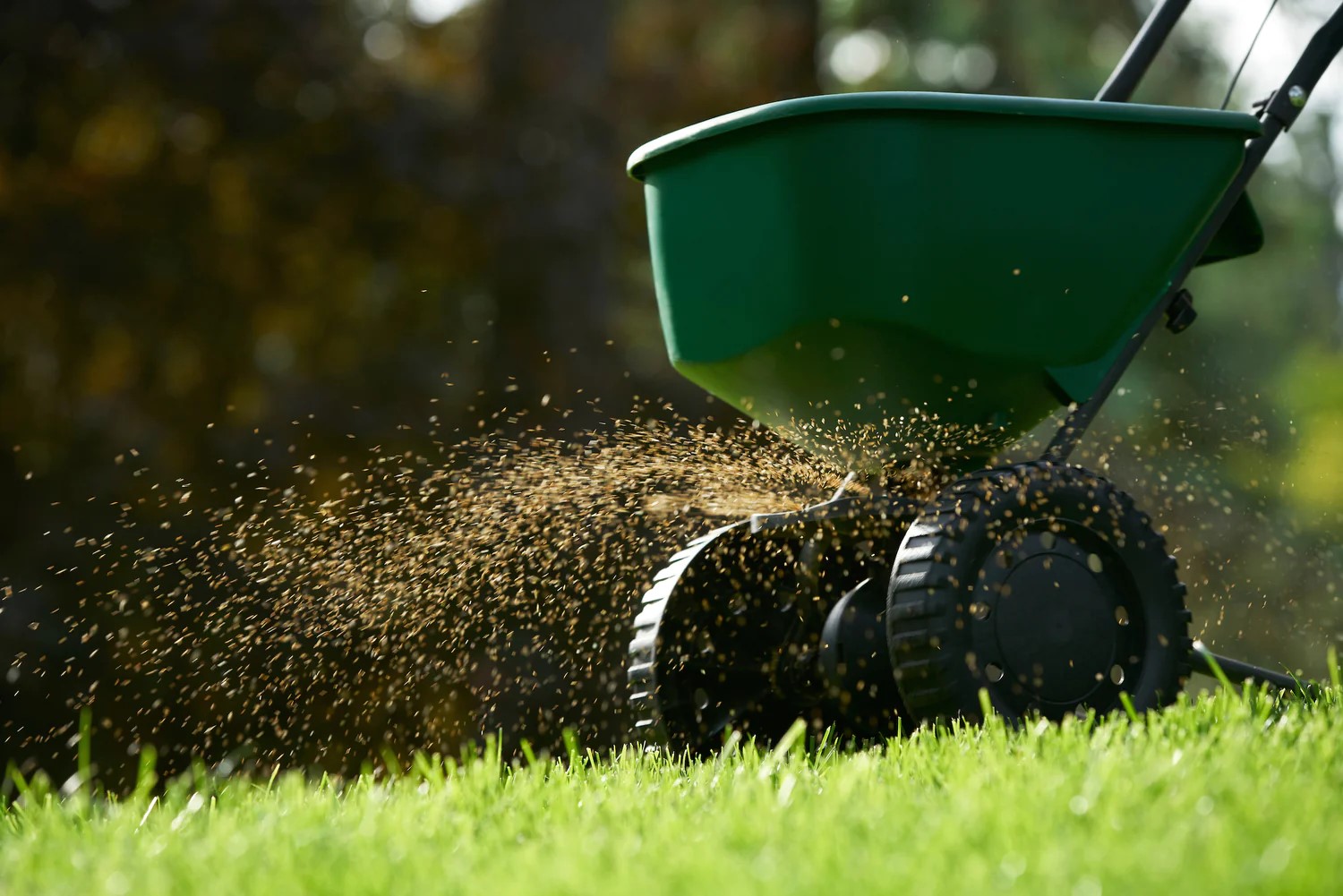
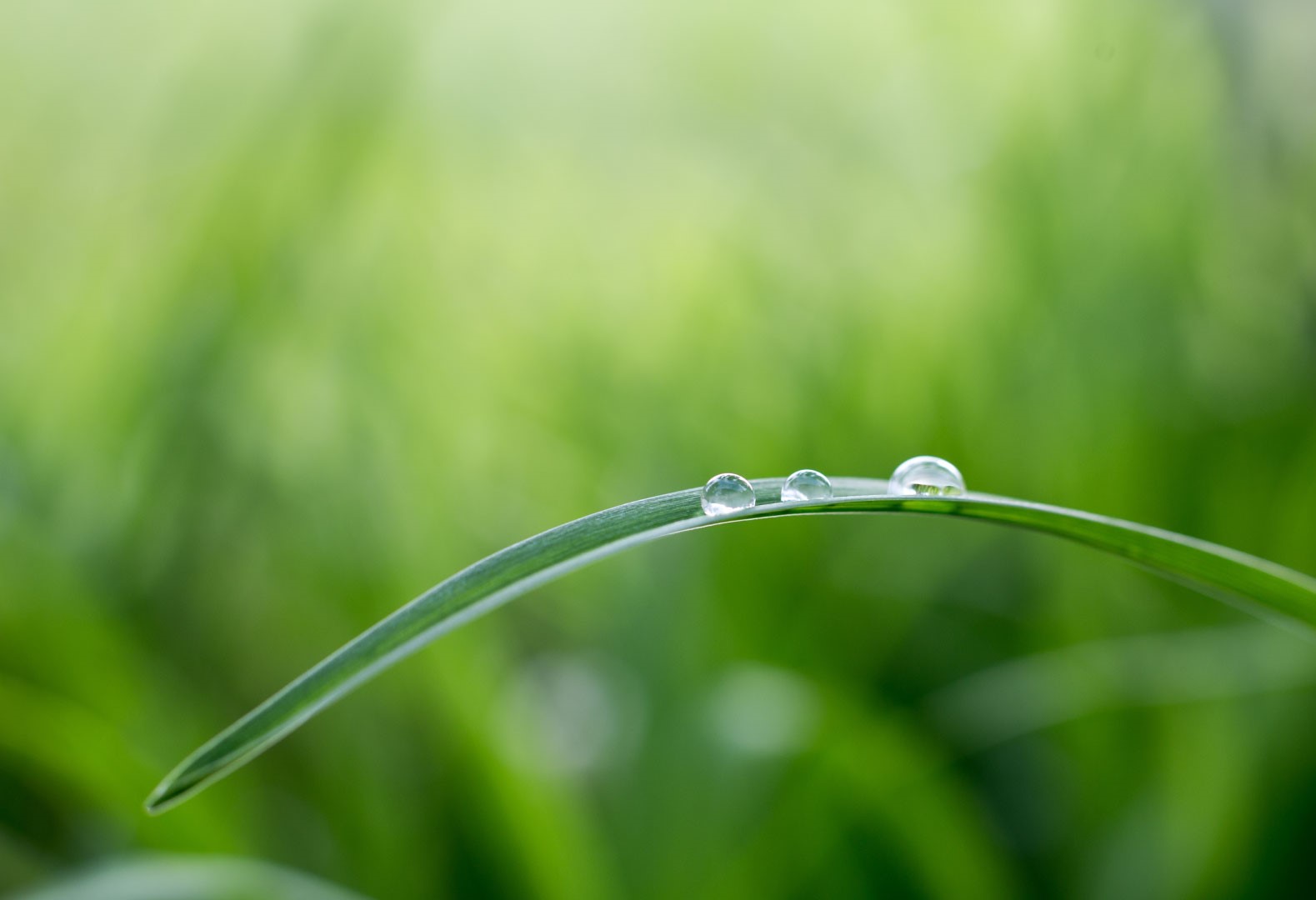
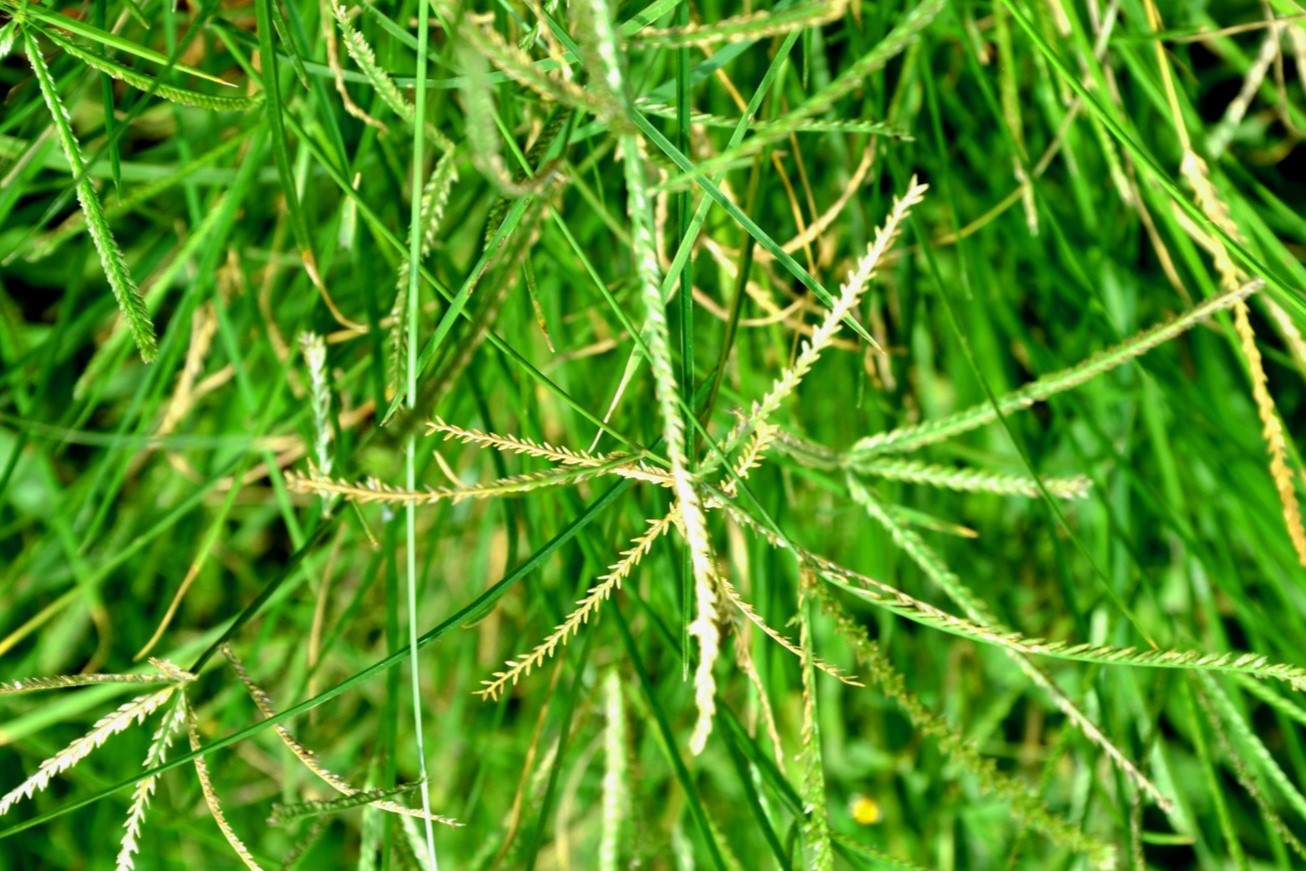
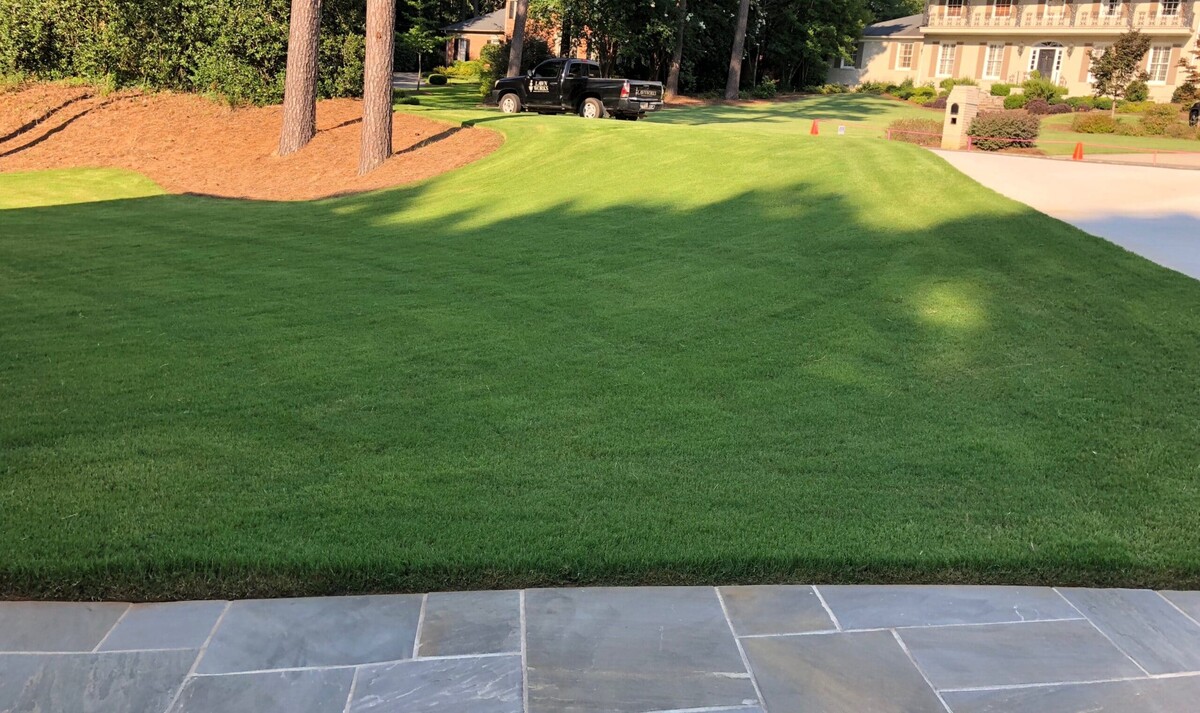
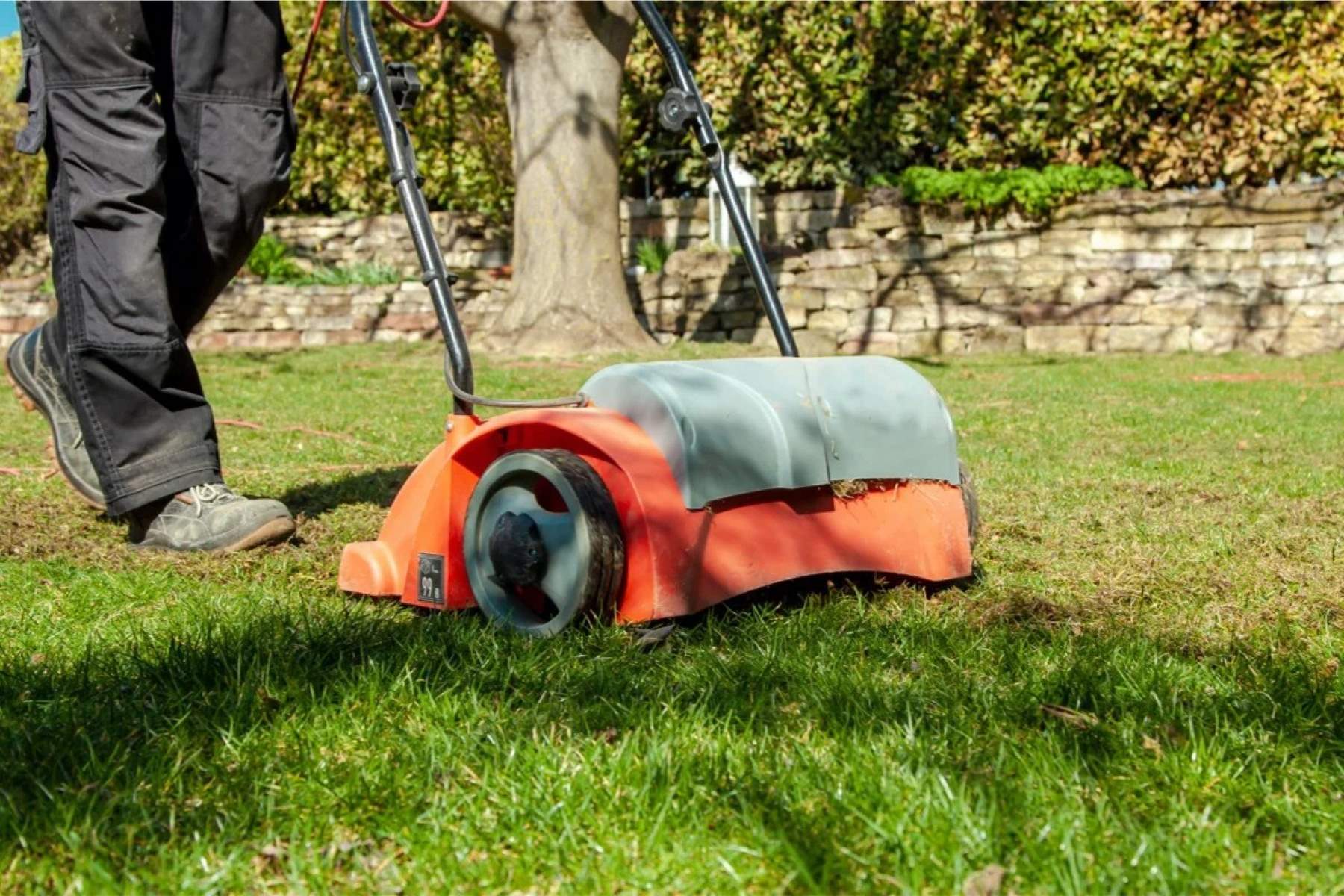
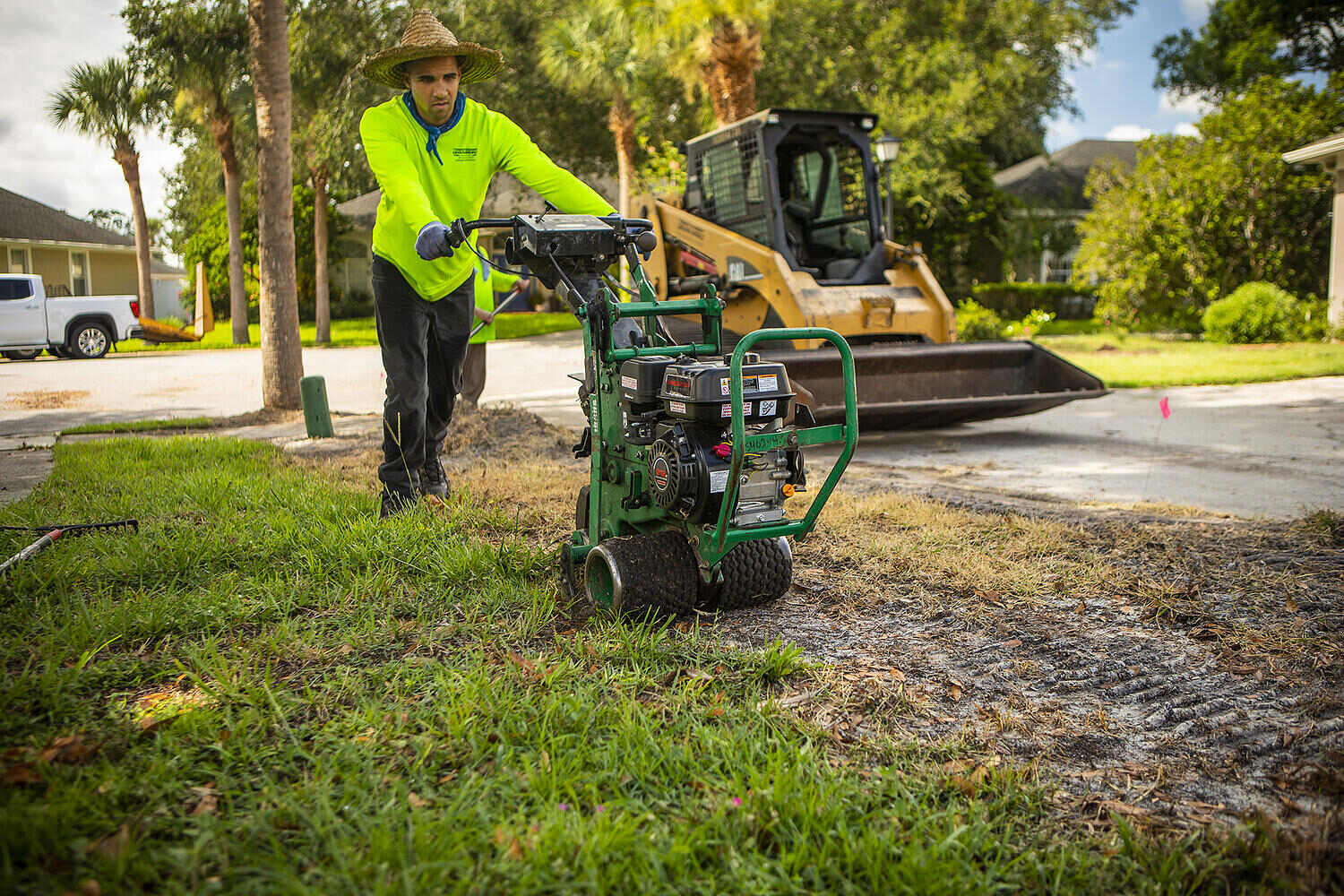
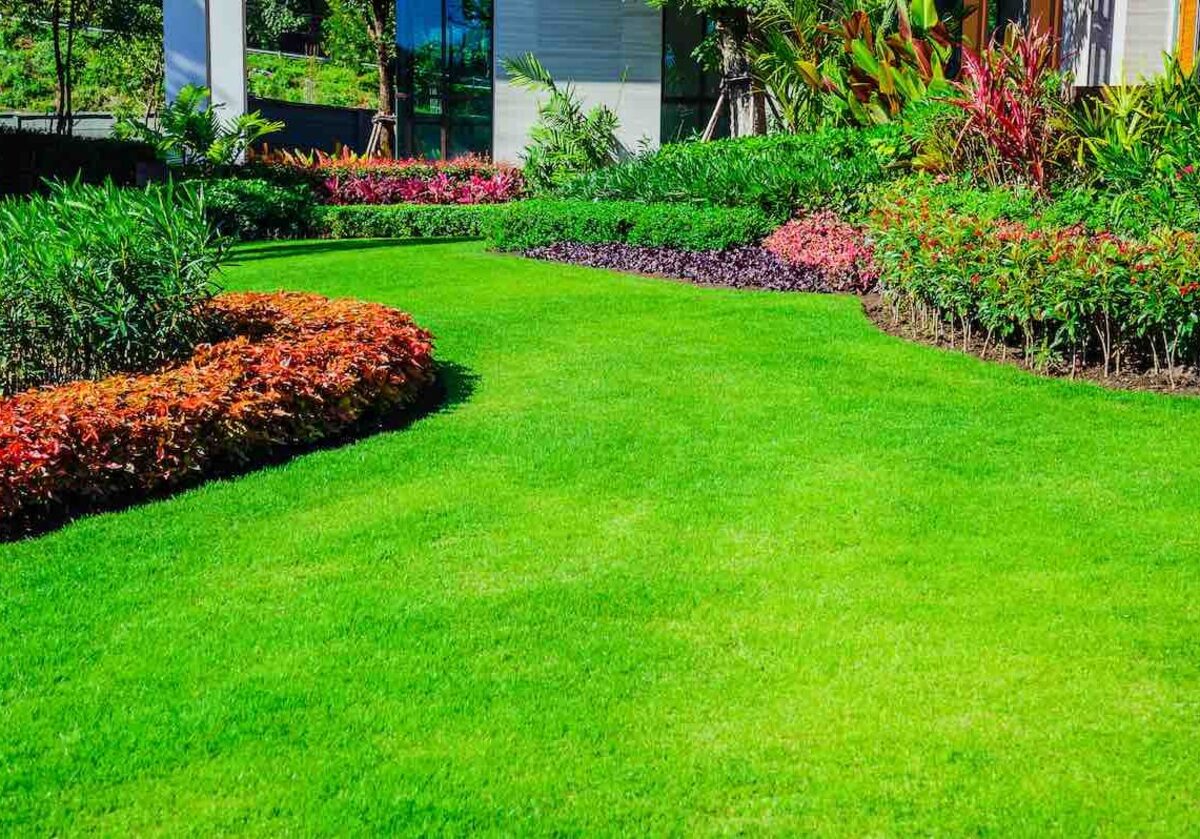
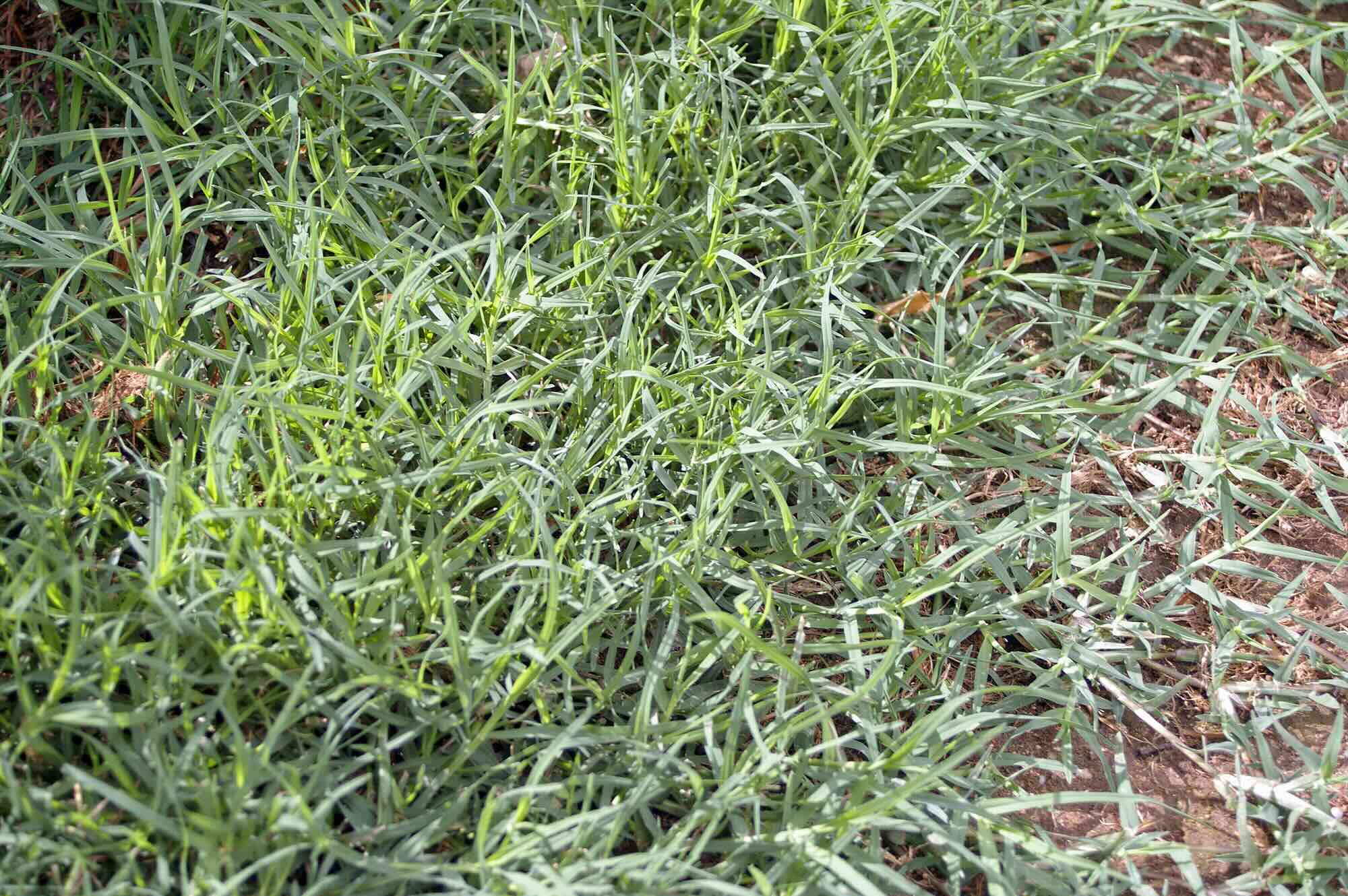
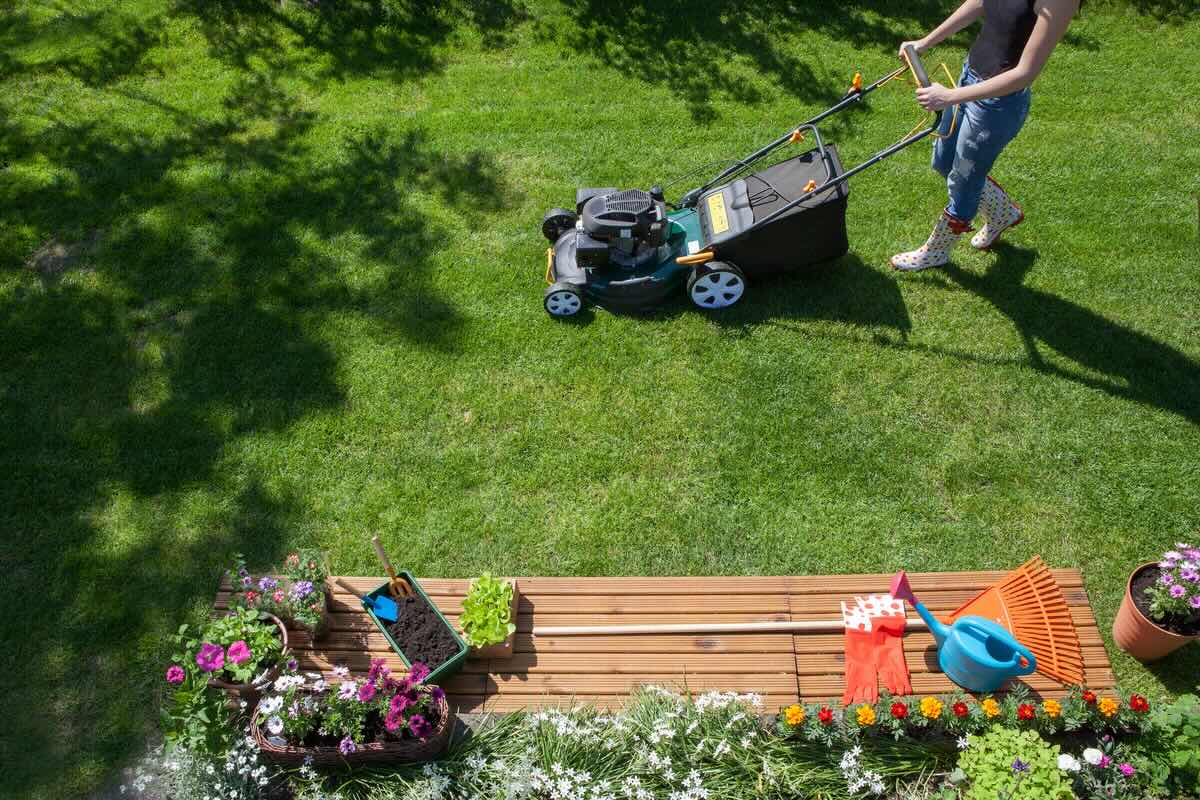
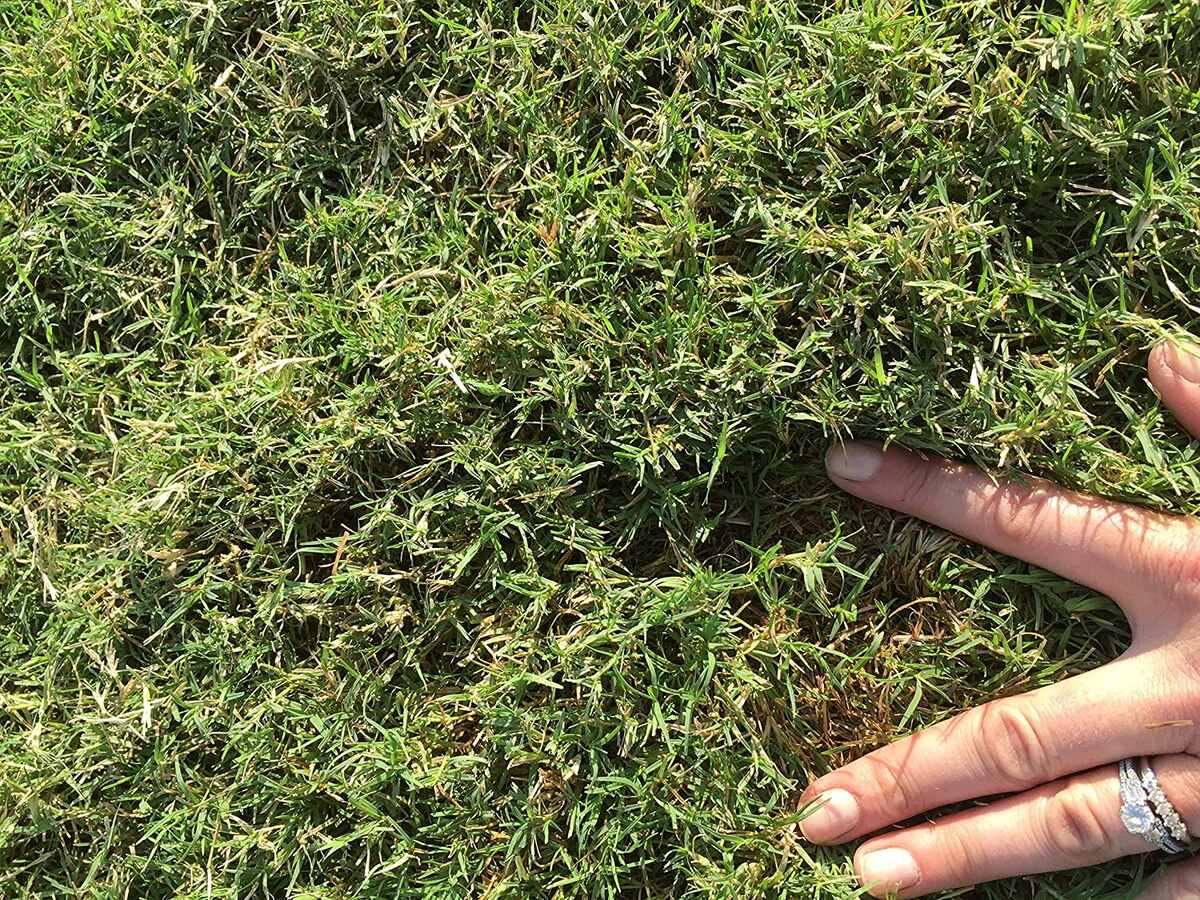
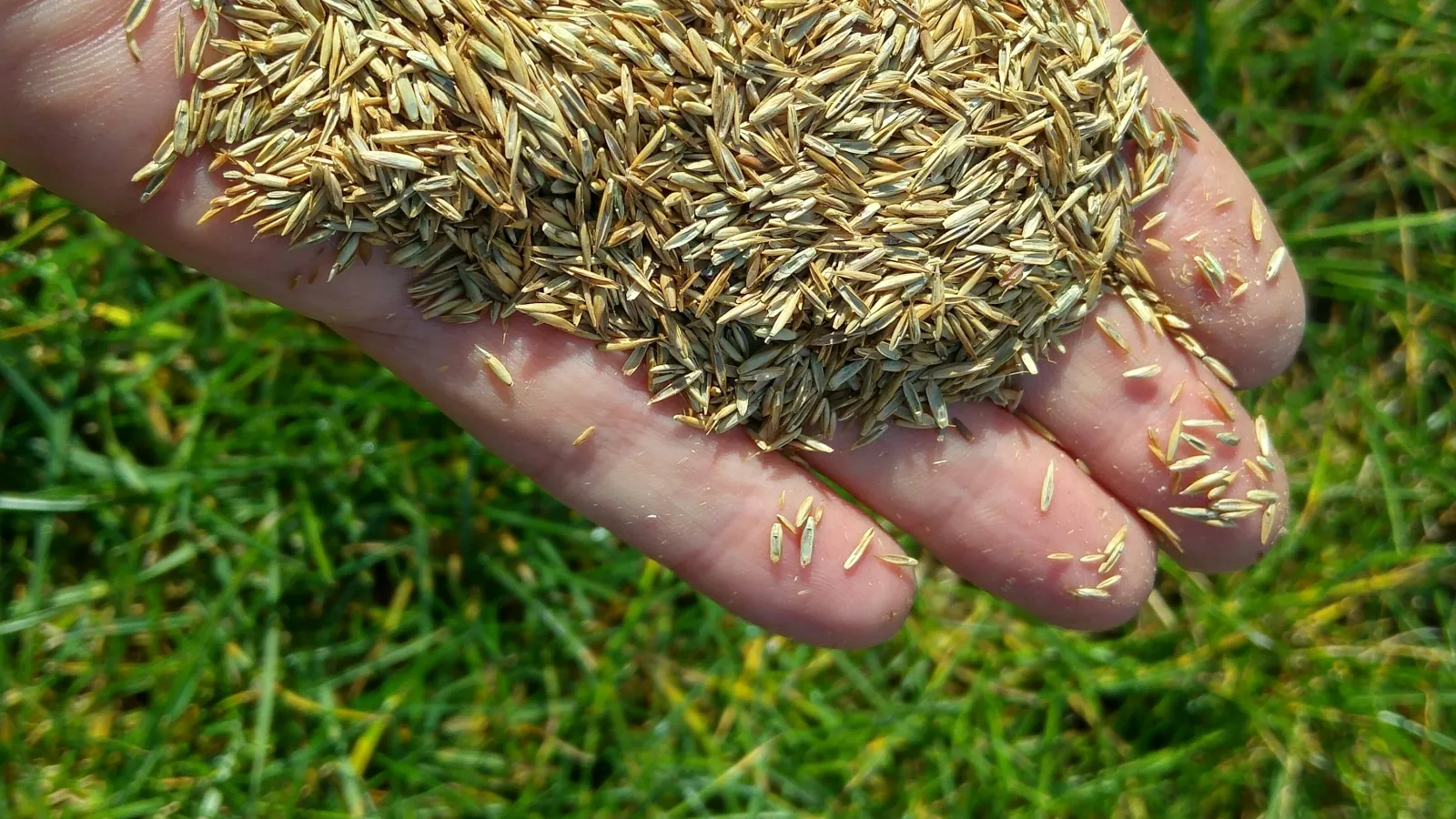

0 thoughts on “When To Seed Bermuda Grass In Oklahoma”